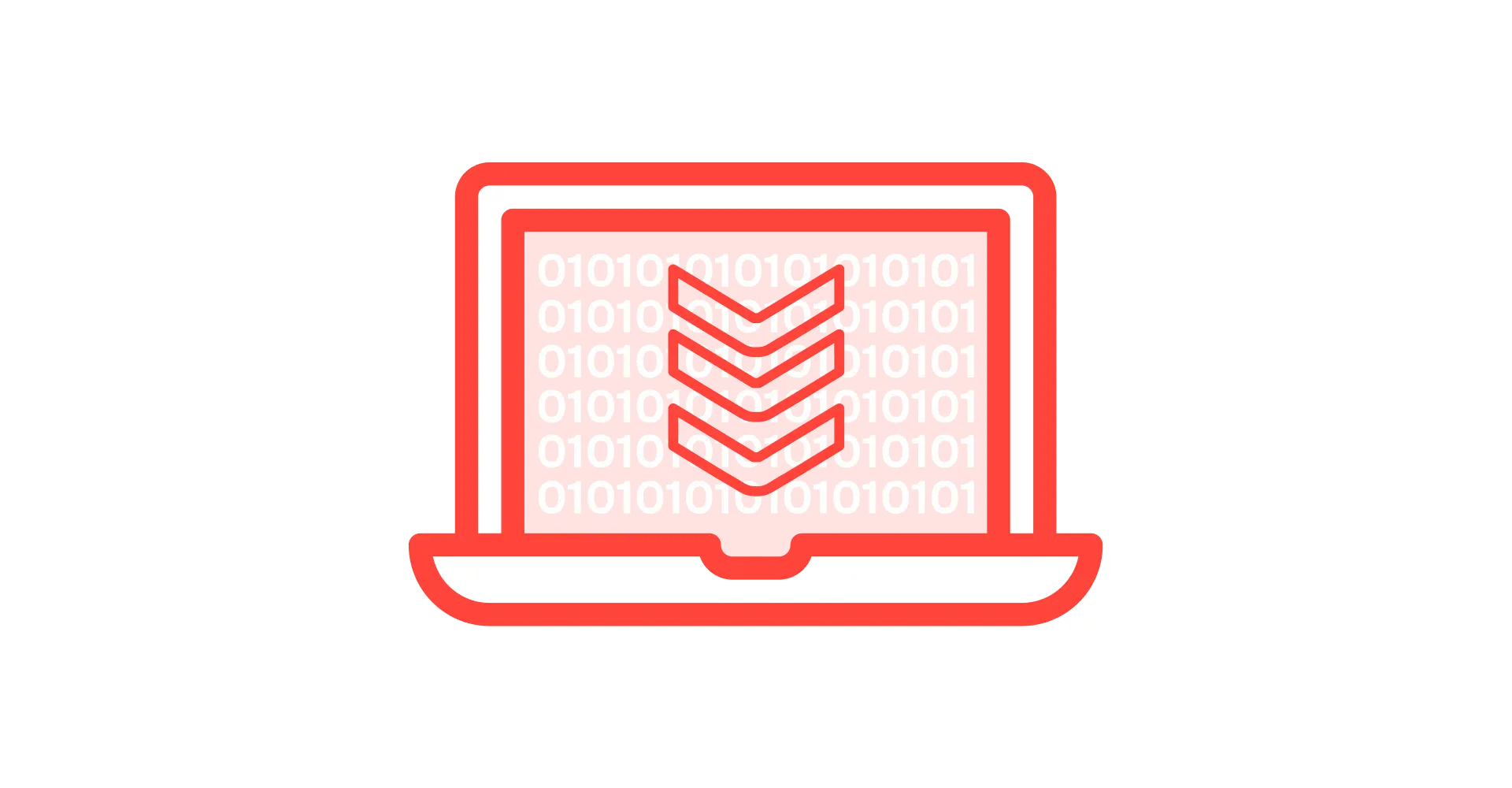Streamline Your Automotive Software Development
IVY standardizes data from across all systems in the vehicle and enables ML processing at the vehicle edge. This creates new data-driven services, reduces operational costs, and creates new business and driver value.



Leverage the Edge
Data processing at the edge allows ML models to run on-vehicle for optimized usage of in-vehicle processing and cloud computing.



Standardize Across Systems
Standardized signals across vehicle systems provides easier integrations and reduced development time. Less data transmitted from the vehicle reduces data costs.



Own Your Tech and Data
Automakers retain control over their technology stack and remain in full control of vehicle data, provisioning, policies, and permissions.
Process Your Data at the Edge (In-Vehicle)
In-vehicle data processing addresses the OEM challenges of increasing data transmission and storage costs. IVY provides edge processing capabilities through IVY software services (with the ability to run ML models), enabling rapid and simpler access to data and insights for apps and services in the vehicle as well as in cloud. That means no delays or latency as you leverage edge processing for better services, data control, and operational efficiencies.
Data-Centric, Automotive-Grade Middleware Abstraction
IVY abstracts the underlying vehicle hardware and software interface, as well as sensor intricacies, providing rapid and simpler access to vehicle sensor data in a standardized fashion (normalized form aligned with COVESA VSS), making it easy to develop and port services across OEM vehicle models. Developers—both OEM and from the third-party ecosystem—can focus on creating solutions for their desired use cases with easy access to vehicle data and insights instead of worrying about the underlying vehicle complexity.
Easy to Use APIs, SDKs, and Tools
IVY provides a suite of SDKs, tools, APIs, samples, templates, and documentation, enabling developers to easily interact with vehicle data using standard, reusable, and familiar methods. IVY comes with an ecosystem of partners and their suite of solutions, enabling cutting-edge services that OEMs can offer to their customers. IVY is designed to be as open as possible, with each OEM choosing their level of open access, to support development of a transformational automotive ecosystem.
Intuitive Operational Workflows Powered by the Cloud
IVY provides a cloud console used by automakers and their partners to deploy and update ML code, configure data-access rights, and monitor in-vehicle software—all using the same intuitive interface.
Simplified Integration of Third-Party Solutions
IVY facilitates the vehicle integration and onboarding of third-party solution providers—even if they are not automotive experts. By software-abstracting the underlying automotive systems and offering intuitive SDK and API development tools, IVY greatly reduces the time, resources, and engineering efforts required to bring new applications to vehicles.






